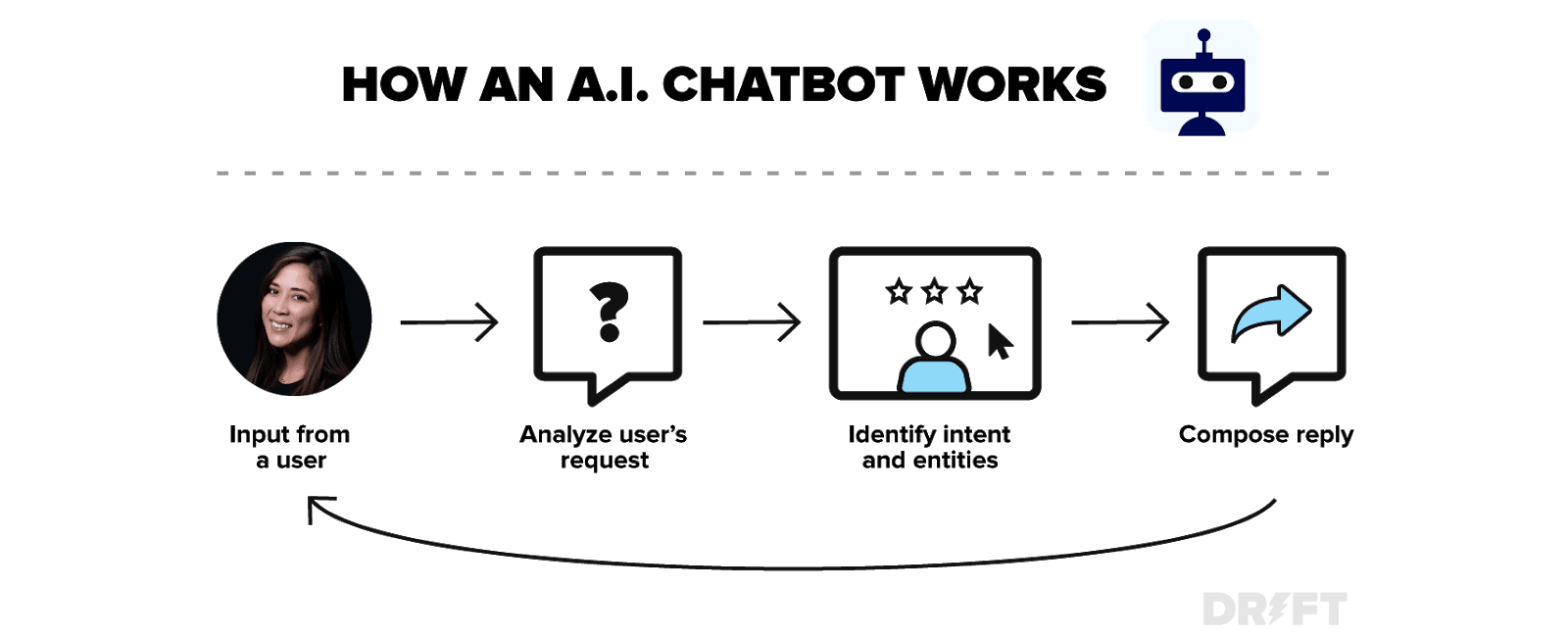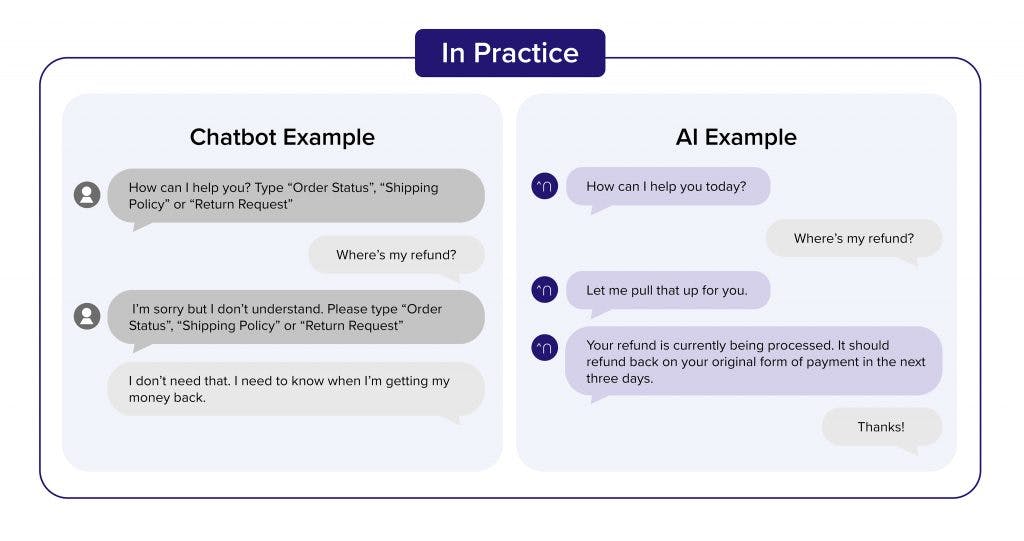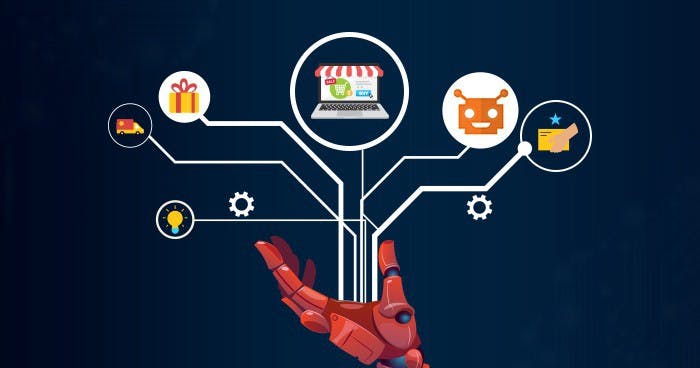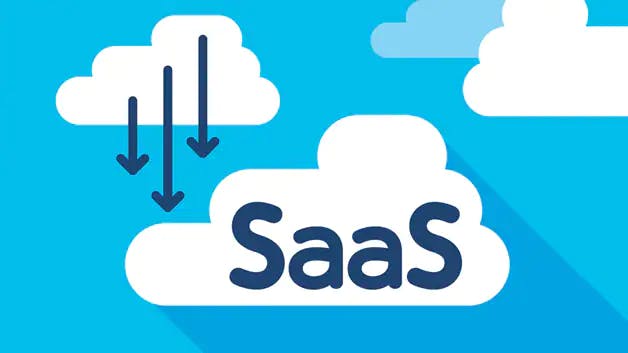Skip to content

Thoughts + Writings
 Tech
Tech
Tech
Applied Creativity: Data,Tech and Ideas — The Consumer Viewpoint

Conversational Artificial Intelligence

, NLP is made up of these four steps that help us understand how conversational AI really works.
1
Conversational AI
2
Key Outcomes
Key Components
3
Scalability/Omni-channel Presence
Machine Learning/NLP
4
Smart and Dynamic System
Algorithm Training
5
Deep Understanding of Customer
Sentiment Analysis + Data Insights
There are no rows in this table
1
Chatbots
2
Key Outcomes
Key Components
3
Not Scalable, Predictable Answers
Scripted Code
4
Not intelligent, lackluster experience
No Algorithm
5
Unable to meet customers where needed
Integrated Presence
There are no rows in this table

the use of 'Conversational AI' or 'AI that you talk to' will lead grow to $556b by 2025 with a 125% growth YoY across the Insurance Industry. They are currently used to add value to the user, their experience, and the Organization.

, a research institution focused on Artificial Intelligence, has indicated that around 63% of Tele-com companies invest in these technologies to optimize and improve their overall infrastructure. Conversational bots serve an interesting role in this because they can serve the customer quickly and efficiently. Below are some ways that companies are reaping these benefits


. Intro to AI
Want to print your doc?
This is not the way.
This is not the way.

Try clicking the ⋯ next to your doc name or using a keyboard shortcut (
CtrlP
) instead.